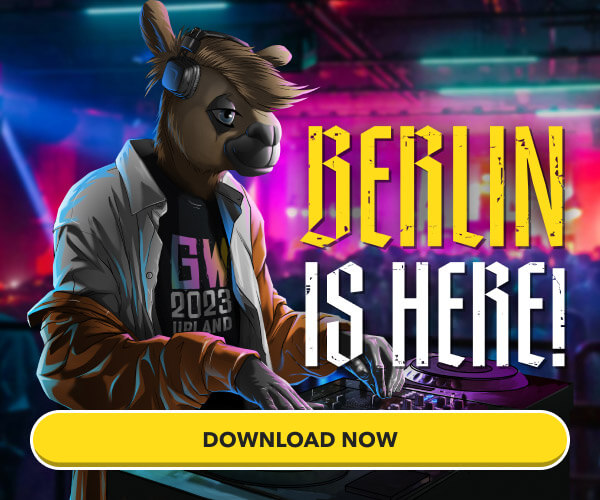Ordinals are creating a paradigm shift in Bitcoin functionality, with the potential to unlock greater possibilities in digital asset management, NFTs, and collectibles. As the Ordinals project evolves, the integration of recursion establishes new opportunities for the creation of complex, interactive content on the Bitcoin blockchain.
Labeled “Ordinals 2.0” by Bitcoin personality Dan Held, recursion allows inscriptions to access and use content from other inscriptions. This enables the remixing of existing inscriptions and the creation of shared public resources.
Furthermore, recursion facilitates the development of generative art collections and profile picture collections, boasting unique combinations to appeal to users and developers in the Bitcoin community.
Bitcoin Ordinals
Ordinals serve as a unique numbering scheme for satoshis, allowing users to track and transfer individual sats. Satoshis are numbered according to their mining order and transferred using a first-in-first-out method.
Ordinals have various representations, including integer notation, decimal notation, degree notation, percentile notation, and name. These ordinal numbers can be used to attach arbitrary assets such as NFTs, security tokens, accounts, or stablecoins to satoshis, providing stable identifiers.
The Ordinals project is open-source, consisting of a BIP, index, wallet, block explorer, and functionality for inscribing satoshis with digital artifacts. As a novel approach to the Bitcoin ecosystem, Ordinals aims to enhance the network’s capabilities and attract further interest in Bitcoin-based applications.
Smart Contract Functionality via recursion
Inscriptions, as Bitcoin-native digital artifacts, effectively function as NFTs. Stored on-chain, they offer immutable and self-contained content. The combination of Ordinals and recursion can potentially unlock complex, interactive content on the Bitcoin blockchain, paving the way for smart contract-like functionality within the network.
This recursive functionality brings several benefits:
- Content Reusability: Recursion allows inscriptions to reference and reuse content from other inscriptions, which can be useful in creating modular and flexible smart contract-like applications on the Bitcoin blockchain. For example, an inscription containing a specific function or algorithm can be reused by other inscriptions, reducing redundancy and promoting the efficient use of on-chain resources.
- Dynamic Content Creation: By enabling…
Click Here to Read the Full Original Article at Bitcoin (BTC) News | CryptoSlate…
























